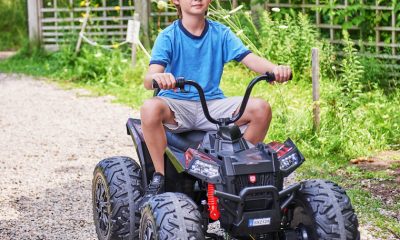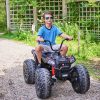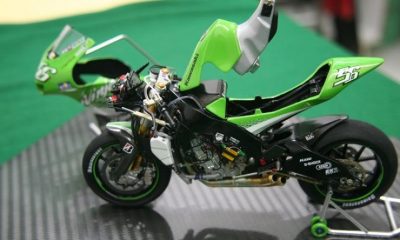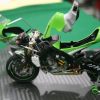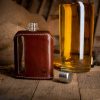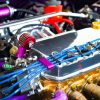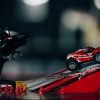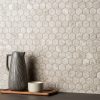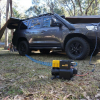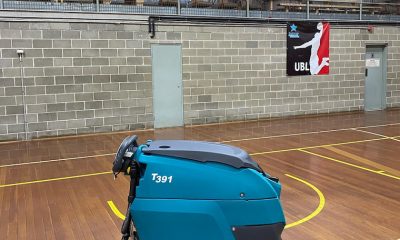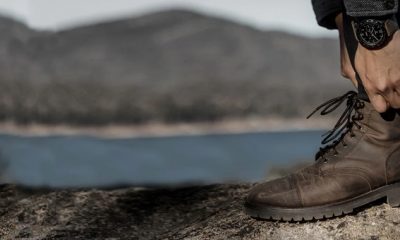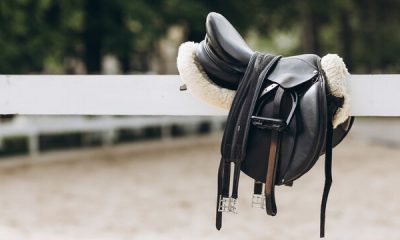Toys
Benefits of Model Kit Building: Everything You Need to Know to Build Your First Kit
Scale modelling has become one of the most exciting and fun activities for adults and children in the past few years. With so many days spent indoors due to the pandemic, everyone was looking for their new favourite hobby, and model building became a favourite amongst many. You get to build something from scratch, and the end product looks like the real thing. However, starting out in this hobby can be daunting for a lot of people. A model kit can contain hundreds of pieces, and you need to be quite skilful in putting them together in order for your model to look as it does on the box. Fortunately, that doesn’t have to be the case. I’ll help you pick out your first kit and all the tools and supplies you’ll need to successfully build your first scale model.
What Are Model Kits?
Model kits contain small pieces of plastic, metal or wood that need to be put together to create a representation of a real-life item. For instance, Model motorbikes kits resemble real-life motorbikes, such as Kawasaki, Honda, Yamaha, Harley, etc. Depending on the type of material the kit is made of, you’ll need screws, glue, nails or a combination of all three. Most model kits also require some paint in order to look like they do on the box. I’ll mainly focus on plastic model kits, as those are the most popular ones. Most model motorbikes kits are moulded in plastic, as it’s the easiest to work with.
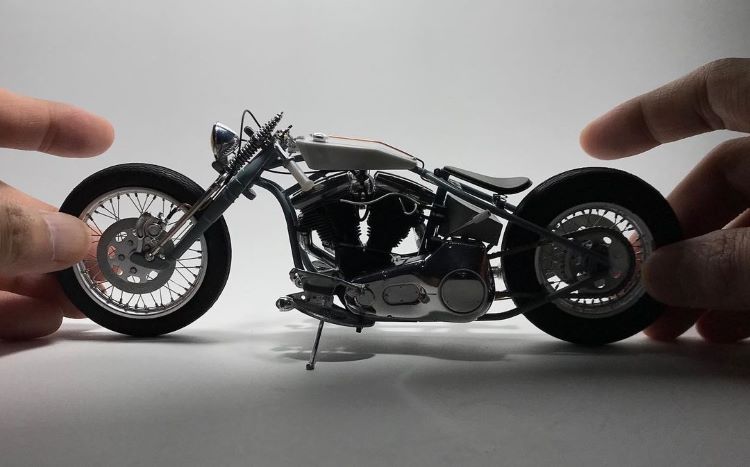
What Does “Scale” Represent?
Every model kit you come across has a “scale”. The scale can range from 1:6 to 1:2500 and more. What these numbers represent is how many times the model is smaller than the size of the original. If a model is 1:1, it means it’s the same size as the original. A 1:2 is half the size of the original, and so on. Basically, the larger the second number, the smaller the model. Most categories of scale models have a range that’s manageable for the average builder to easily complete and display. For instance, cars are most commonly scaled at either 1:16 or 1:24, whereas military models are scaled at 1:36 or 1:48.
Skill Level
Model kits are available in five different skill levels that represent how difficult they’re to complete and how much work you’ll have to put in.
- Skill Level 1 model kits are for beginners and they’re considered snap-on kits. They don’t require glue or paint, and the pieces are simply snapped onto one another
- Skill Level 2 model kits require glue and paint but are still relatively easy to complete. Most kits of this skill level come with less than 100 pieces
- Skill Level 3 model kits come with some smaller and more detailed parts, and will typically have over 100 pieces
- Skill Level 4 model kits are for advanced hobbyists and feature extra-fine details. Most kits certainly come with over 100 pieces
- Skill Level 5 model kits are reserved for expert builders. They come with super-detailed parts and contain hundreds of pieces. Some kits feature moving parts, such as suspension on motorcycles and cars, propellers on planes, etc.
Of course, there are exceptions to the aforementioned categories. For instance, all kits from Airfax are put together using glue and paint, so their level 1 kits are actually level 2. If the model kit doesn’t have a skill level mentioned, it’s safe to assume that it’s skill level 3 or higher.
Getting Started
Now that you have a general idea of what the different scale modelling kits entail, it’s time to choose the right one. If the modeller is younger, it’s suggested they start with a skill level one kit. These kits require a file and hobby knife to complete, making them ideal for young builders. If the builder is a teenager or older, a level two model kit is recommended. These kits require glue and paint to build, but are still easy to complete and the end product will look great. No matter what type of kit you choose, you’ll need two tools – a hobby knife and a file to smoothen away the numbs and imperfections.
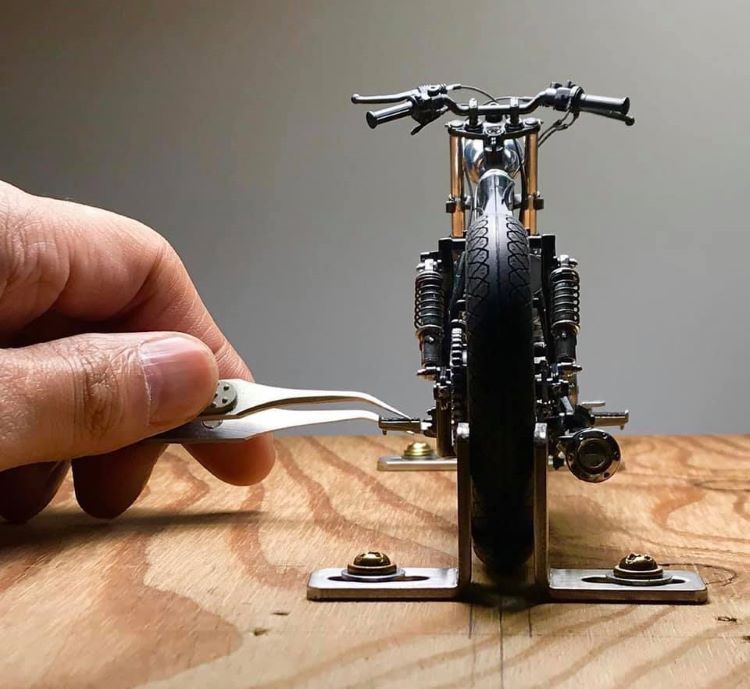
Paint and Glue
Plastic model kits are made of soft plastic that’s easy to bond with plastic cement. These glues join the plastic together by melting the edge off and melding two pieces together. Sometimes, the seams aren’t perfect and will need a bit of putty to fill the gaps, but that’s rarely the case. I recommended paste for first-time builders. Paste is available in a non-toxic and standard version, with the first being lighter on the smell, but taking longer to cure.
As far as painting goes, you’ll need a few paintbrushes as well as a few colours. The colours are typically enamel or acrylic. Enamel paints are oil-based and require paint thinners to fix mistakes, making them more suitable for advanced modellers. Acrylic paints, on the other hand, are water-solubale and easily cleaned with soapy water.
Writing for the blog since 2012, Chris simply loves the idea of providing people with useful info on business, technology, vehicles, industry, sports and travel – all subjects of his interest. Even though he sounds like quite the butch, he’d watch a chick flick occasionally if it makes the wife happy, and he’s a fan of skincare routines though you’d never have him admit that unless you compliment his impeccable skin complexion.





